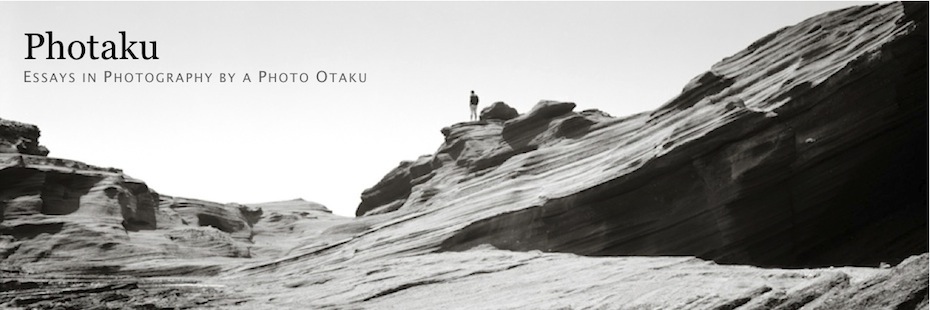A Brief History of Me & Film
After years of touting the benefits of digital photography and teasing my wife Sara — a far more experienced film photographer than I — about how I could produce hundreds of images to her dozen in less time and with less cost, I loaded my late father’s black Bakelite Kodak Brownie Hawkeye Flash camera ($5.95 in 1962, the year of my birth) with a roll of 120 film one day simply to see what would happen if I actually tried to use the dusty old thing. It produced some interesting pictures. So, I decided to take it apart and clean it up. In the meantime, I had my mother try to find Dad’s old Yashica Mat 124G, but alas it had disappeared. I bought one on eBay instead. It takes fantastic photos and is was my go-to ‘normal’ medium format camera until I acquired a Kowa/Six. Somehow, I also began to explore pinhole cameras — another medium my wife has far more experience with — and built one, and then two, and then three of various sizes for use primarily with photo paper to make paper negatives. But why not make a pinhole camera for film as well? And so I made one out of an empty iPhone 3GS box that I named Stella. It takes stellar photos. I then built The ETC (EveryThingCam), a clunky bellows-based 4×5 camera that can be fitted with a shutter for pinholes or fitted with just about any old lens I can find. It won a prize in the Curious Camera Contest. Of course, along the way I taught myself how to process black-and-white film, from 35mm to 5×7 8×10 sheet. I also occasionally do darkroom prints (enlarged and contact) and have dabbled in chemical toning, but I haven’t yet a real darkroom and it’s a pain to turn the closet into one. I’m now at the point where — outside of Rodinal, EcoPro (Xtol) , and Pyro — I don’t bother to purchase pre-made developers; I simply mix them from constituent chemicals, including instant coffee (so-called Caffenol). Most recently I have gone back before film, dipping a toe (and brown-stained fingers) into wetplate collodion by taking a workshop that Dale Bernstein offers in Indianapolis. Under his tutelage I made three tintypes and two ambrotypes.
This interest in vintage lens and pinhole cameras thus began innocently enough. It then snowballed into acquiring a wide variety cameras that were somehow historically representative of a particular period type and/or format. None are particularly rare (= expensive and collectible), but each has its own character and that’s what I like about them. The oldest (a Seneca 6b 4×5 view camera) dates from about 1910 and the youngest (a Pentax MG that serves as my lightweight go-to point-and-shoot 35mm) dates from the early 1980s. The one Big Exception is my toy 35mm twin lens reflex, the Gakkenflex that came as a DIY die-cut plastic kit in the November 2009 issue of the Japanese magazine, Otona no kagaku (Science for Adults). It and a Brownie Hawkeye that I reversed the lens on are my substitutes for the far-too-popular Holga, although my experiments with imperfect lenses on my 4×5 Speedy G (Speed Graphic), my Ansco 5×7, and my Kodak 2D has prompted the description “large format Holga.” That’s where I am now — playing with old lenses sometimes properly intact and sometimes improperly apart — to image, in my own way, what might be seen if the lenses of our own eyes were different.
One Response to Me
Leave a Reply Cancel reply
Musings & Experiments
- Collodion Bastards and the Indian Connection
- Microtypes
- Figalotypes
- R.B. Graflex Series D Lens Catalog
- The R.B. Graflex Series D Restoration Project
- Worldwide Pinhole Photography Day 2012
- It’s Official: I’m a Large Format Whore
- A New “Book” Project?
- No Longer a Kodak Shareholder
- Kodak Restructures and Brings My Shares Back to Break Even
Latest Flickr Post






Gerald,
I have enjoyed your essays and wet plate work. I am currently working on a Graflex Compact Graphic 3.25×6.25 and wonder if I could call on you for a little help re-installing the focal plane shutter. I intend to adapt the 2.5 aero ektar lens that I have to it. Suggestions and the name of anyone who might do the work reasonably would be appreciated. I am located in Clyde, NC about 5 hours from Nashville.
Thanks,
David Gladden